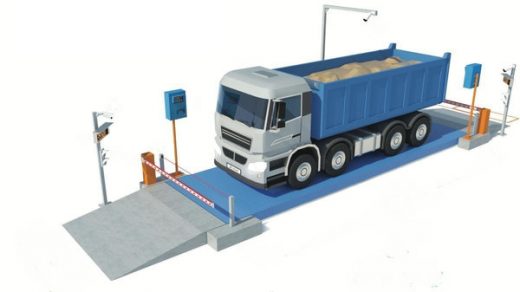Proper alignment is critical for heavy-duty trucks. Improper tire alignment on a tractor-trailer can lead to several safety issues. It can also cause uneven and accelerated tire wear, meaning tires need replacing more frequently. This increases costs for the trucking company.
Improperly aligned tires may lead to blowouts, as the tread wears in an irregular pattern. Blowouts at high speeds could cause the driver to lose control and crash. Keeping tires properly aligned through regular maintenance is essential for safe tractor-trailer operation and preventing accidents. This alignment should be considered when purchasing international truck parts for sale, as changes to the truck can lead to changes in the alignment. The following are five key takeaways on heavy-duty truck alignment.
Get Regular Alignment Inspections
Performing regular alignment inspections on tractor-trailers is crucial for maintaining vehicle safety and longevity. Misaligned wheels lead to uneven tire wear, reduced fuel economy, and handling issues. They also increase the risk of blowouts and loss of control, especially at high speeds. That’s why professional truckers follow a preventive maintenance schedule and have alignments checked every 10,000-20,000 miles. Proper alignment reduces tire, suspension, and drivetrain component stress. Overall, staying on top of alignment inspections saves money and prevents accidents and breakdowns while keeping trucks hauling goods efficiently.
Address Alignment When Installing New Tires
Getting an alignment when installing new tires is crucial to ensure they wear evenly and last their full lifespan. Misalignment causes tires to wear unevenly, resulting in poor handling, vibrations, and premature replacement. Proper alignment sets the wheels at the proper angles so they are perfectly perpendicular and parallel to the road. This allows even distribution of weight, optimizes traction and cornering, reduces rolling resistance which improves gas mileage, and significantly extends the life of your tires by preventing uneven tread wear. Overall, an alignment maximizes performance, safety, and the return on your investment in new tires.
Look for Uneven Tire Wear Patterns
Uneven tire wear may be caused by a variety of issues such as incorrect tire pressure, suspension problems, or wheel alignment. When alignment is off, it might lead to uneven treadwear patterns like feathering on the edges or cupping in the center. This is because the tires are not hitting the road uniformly when rolling. Having proper alignment ensures even weight distribution and contact across the tread. Regular alignments and tire rotations can help prevent premature wear from alignment issues.
Consider the Load and Its Distribution
Loads put extra stress on truck alignments leading them to go out of spec quicker. Heavier loads, uneven loads, and shifting cargo accelerate misalignment. Adapt alignment intervals for different loads.
Choose Reputable Alignment Shops.
When choosing an alignment shop for your heavy-duty truck, look for one that specializes in larger vehicles. Ask around for recommendations from other truck owners. Make sure the shop is experienced in computerized alignment systems that are precise enough for the heavy-duty suspension. The shop should employ certified technicians with training on alignment for trucks over one ton. Request to see before and after alignment readouts. A reputable shop will also guarantee its work and offer a warranty on parts and labor.
Proper heavy-duty truck alignment offers many benefits. Monitoring tires for wear and getting alignments at regular intervals are the best ways to maximize alignment benefits. Investing in quality alignments pays dividends for truck owners through lower costs and reduced downtime. Proper alignment is one key to keeping heavy-duty trucks rolling down the road in top condition.




Recent Comments